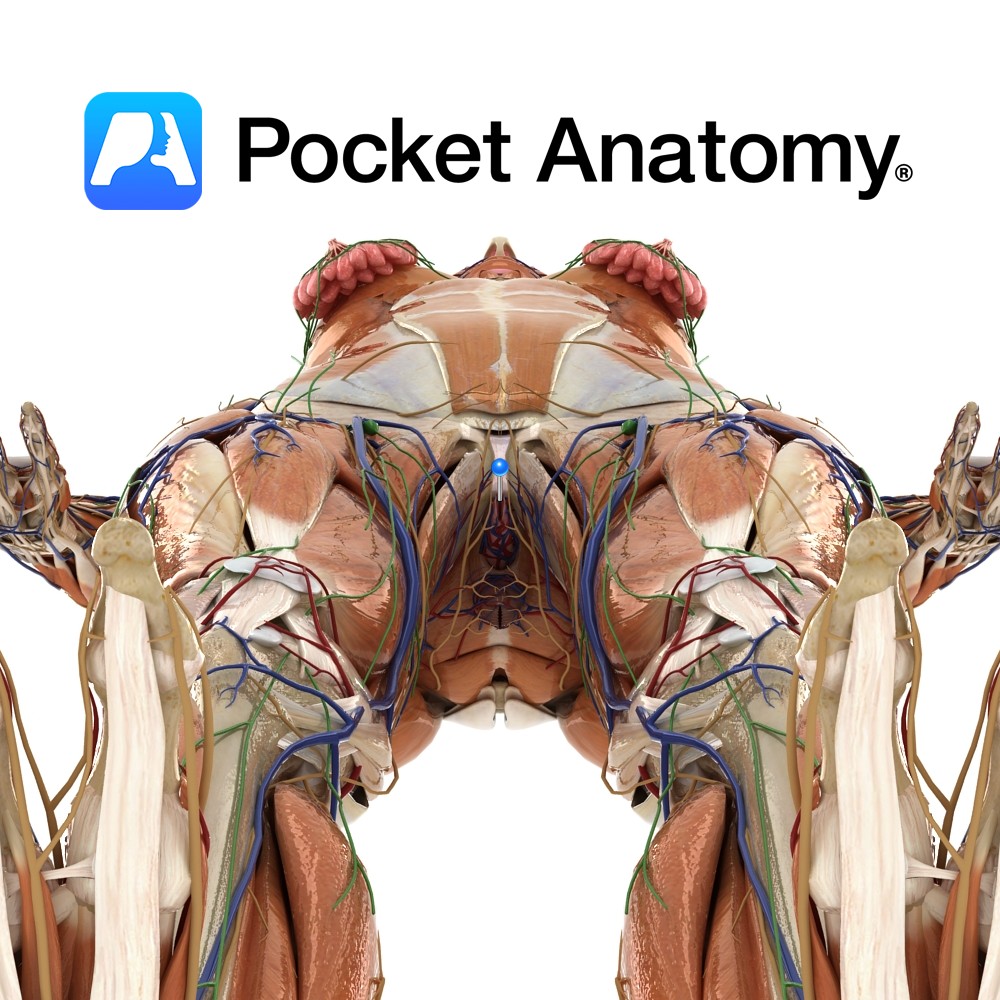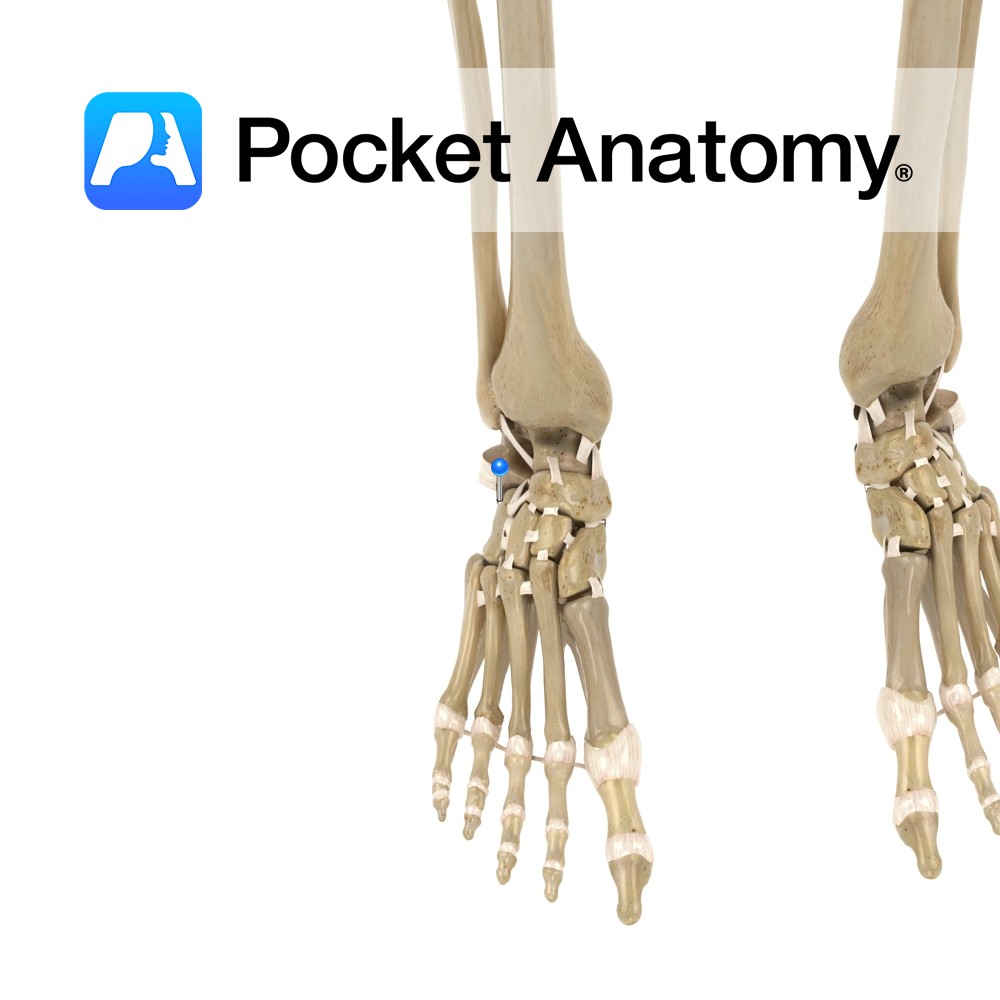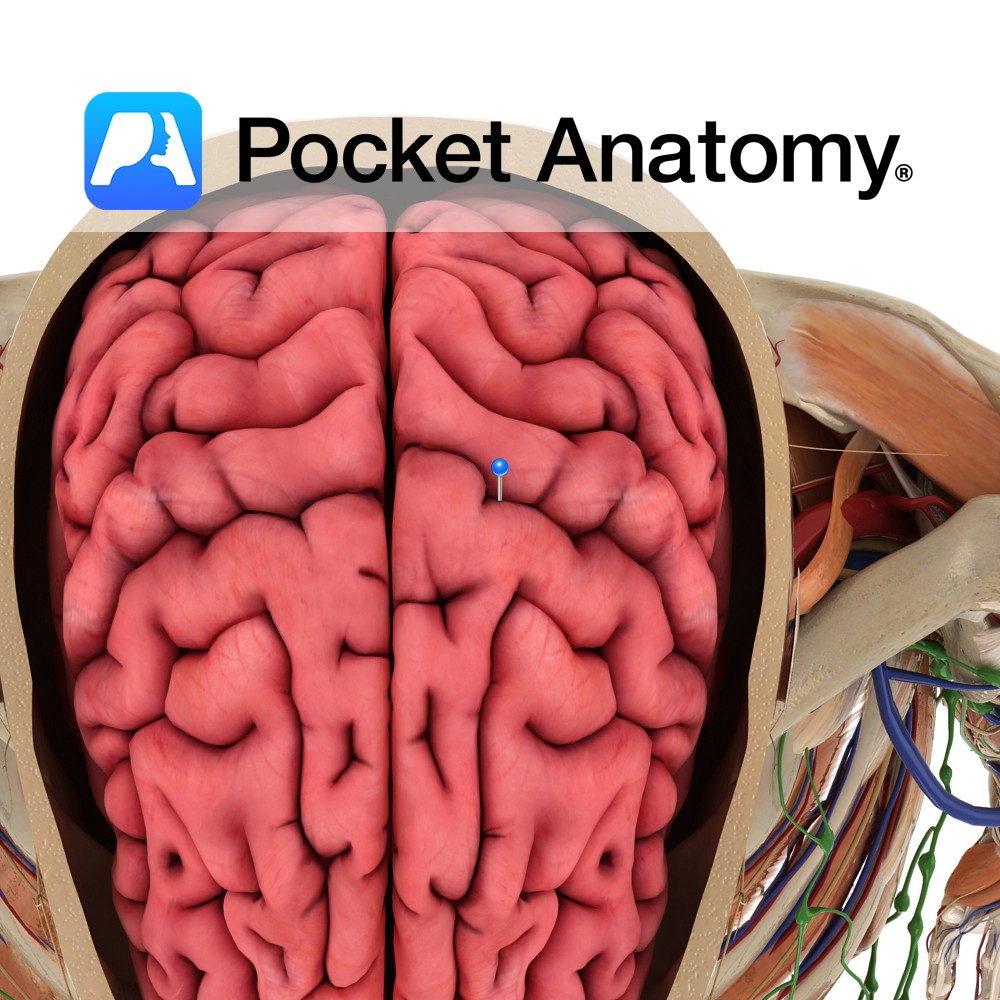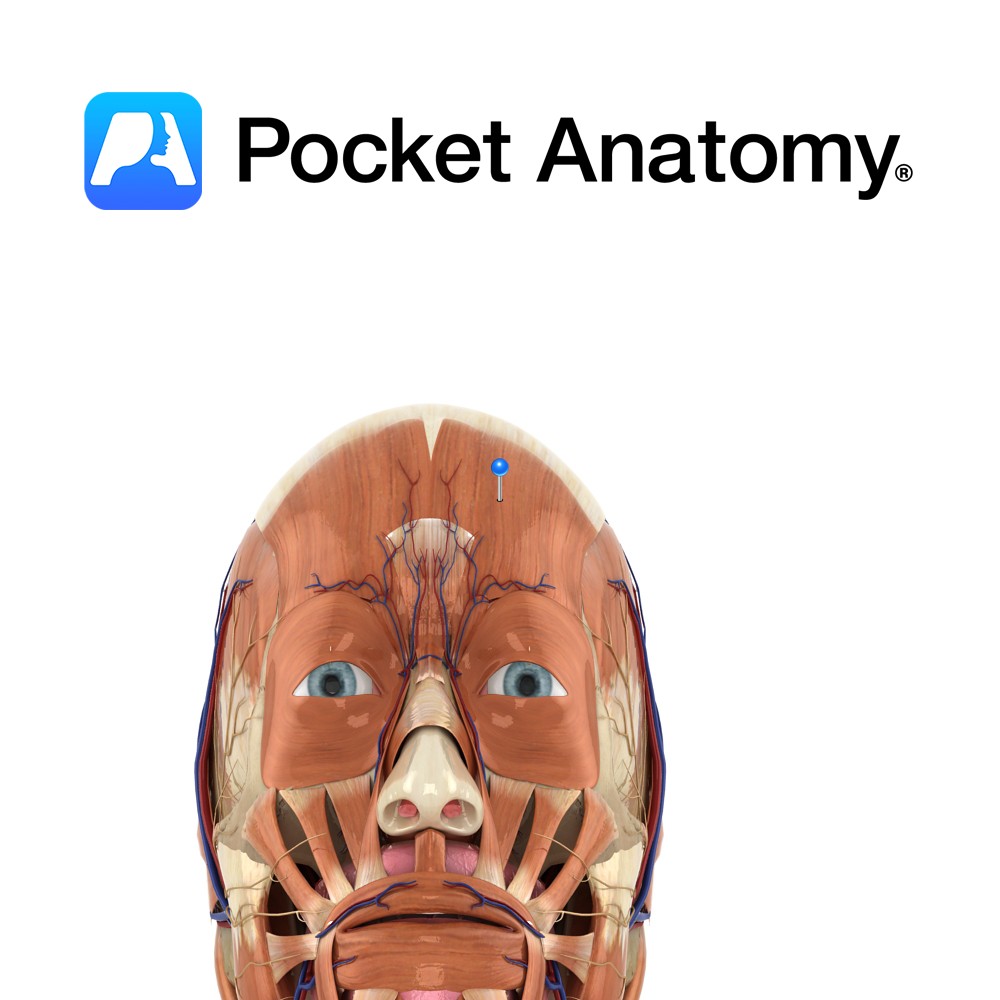Anatomy
Complex 3D/multiplanar structure, the pea-sized glans and shaft (variably hooded by the labia minora and curtained by the upper/anterior junction/commissure of the labia majora) the only distinctly visible surface element.
There is also an internal portion of the shaft and a much bigger associated cluster of tissue, some clearly distinguishable anatomically/histologically (such as paired erectile bulbs and corpora cavernosa – continuous with crura) extending back/down vulva (wing-/wishbone-like) either side of and closely associated with distal urethra/vagina, with broad indistinct attachment to the pubic arch (formed by convergence of inferior rami ischium and pubis), mons pubis and labia minora/majora.
Central attachment is to urethra and vagina. Glans is midline, densely neural. Clitoral and perineal (diamond-shaped surface area below pelvic floor, between symphysis and coccyx and upper thighs, containing genitalia and anus) neurovascular bundles (being the terminations of pudendal neurovascular bundles) meet at shaft/body clitoris as large nerves.
Physiology
Most sensitive female erogenous zone. Most richly endowed with nerve endings, of all tissue. Along with its associated tissue cluster, the main site of female sexual arousal/pleasure. Stimulated clitoral cluster engorges, cuffs vagina, enlarges and opens vulva.
Clinical
Cutting/mutilation/removal/shaping of clitoris/labia millennia-old and widespread (male equivalent also, mainly circumcision), social/cultural/religious customs involved, condemned by WHO as infringement of female human rights. Glans and shaft/body homologue of penis (though not used for urination). Develops in embryo from genital tubercle; urogenital sinus stays open/patent in female as vestibule, closes in male (under influence Y chromosome) as spongy urethra; labioscrotal folds similarly close in male as scrotum. Knowledge and understanding of the clitoris is evolving (and contentious).
Interested in taking our award-winning Pocket Anatomy app for a test drive?





